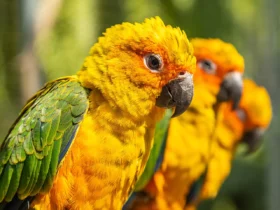The Rainbow Bee Eater (Merops ornatus) is one of the most beautiful bird species in the world and stands out as a true marvel of nature. With its breathtaking colors and acrobatic flights, this small bird captures the attention and admiration of bird enthusiasts and nature lovers alike. Join us as we delve into the enchanting world of the Rainbow Bee Eater.
Rainbow Bee Eater images
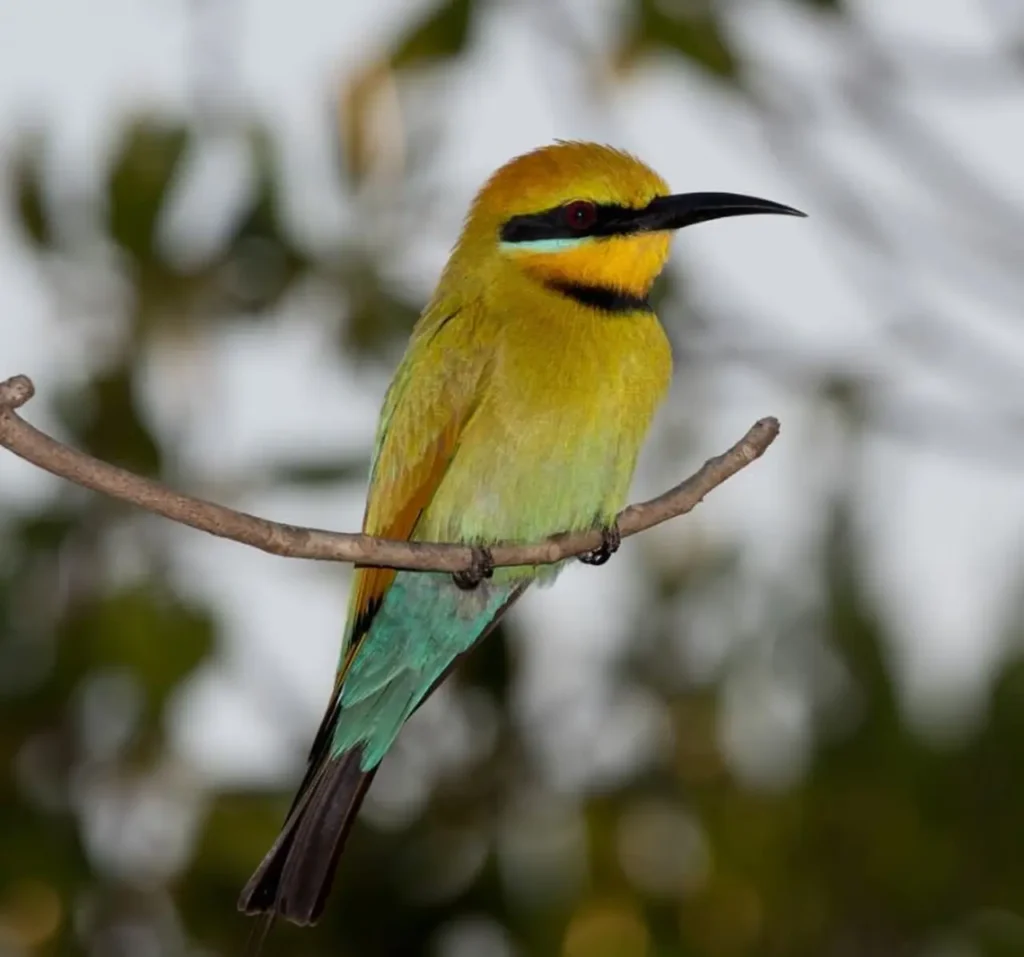
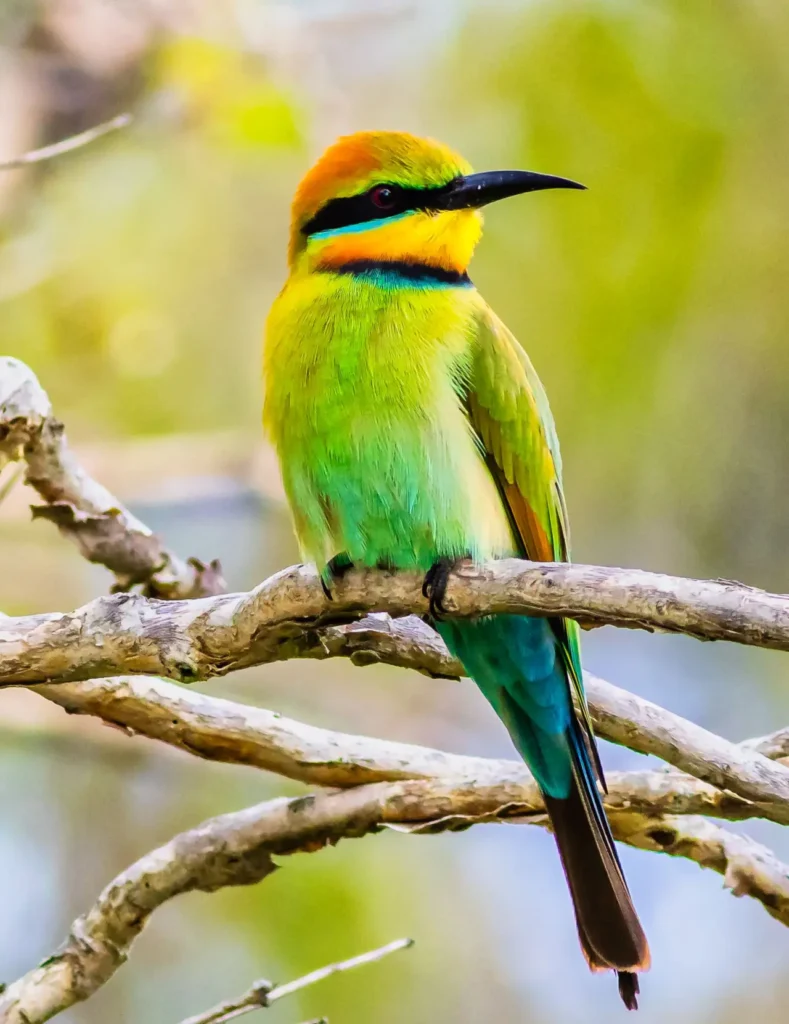

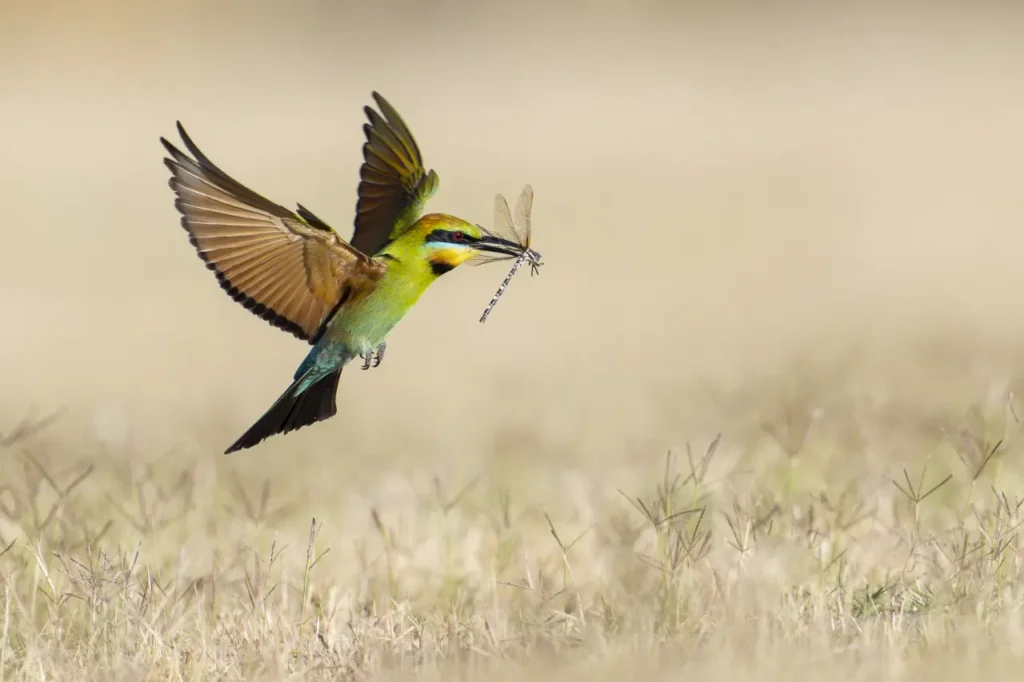
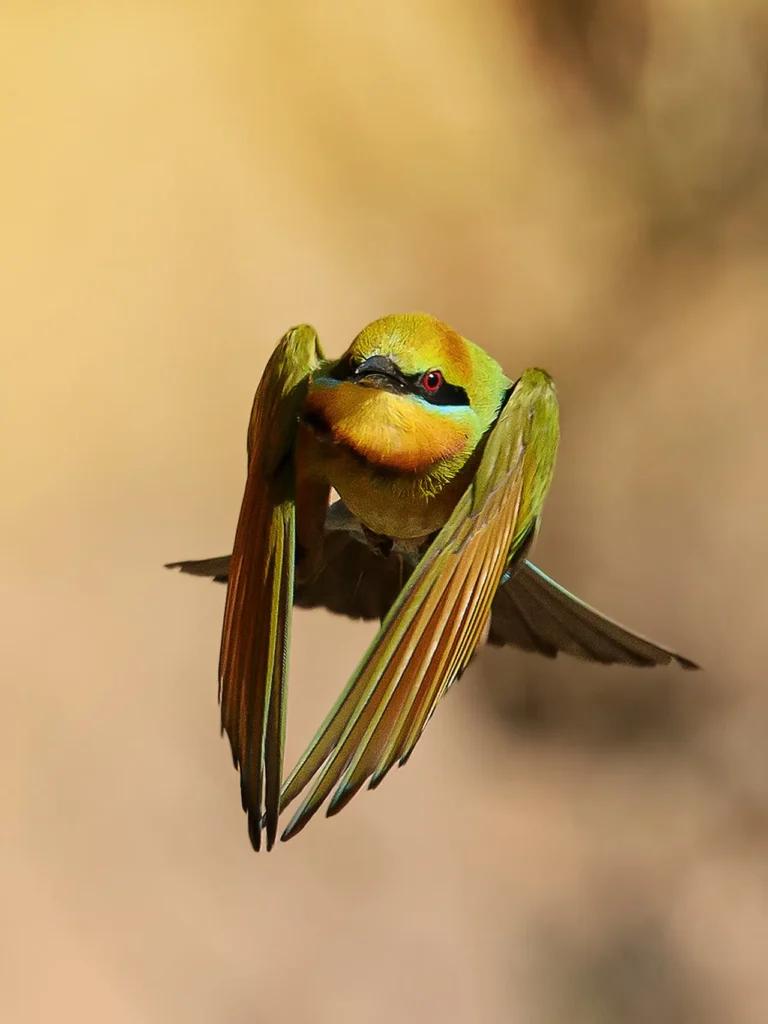
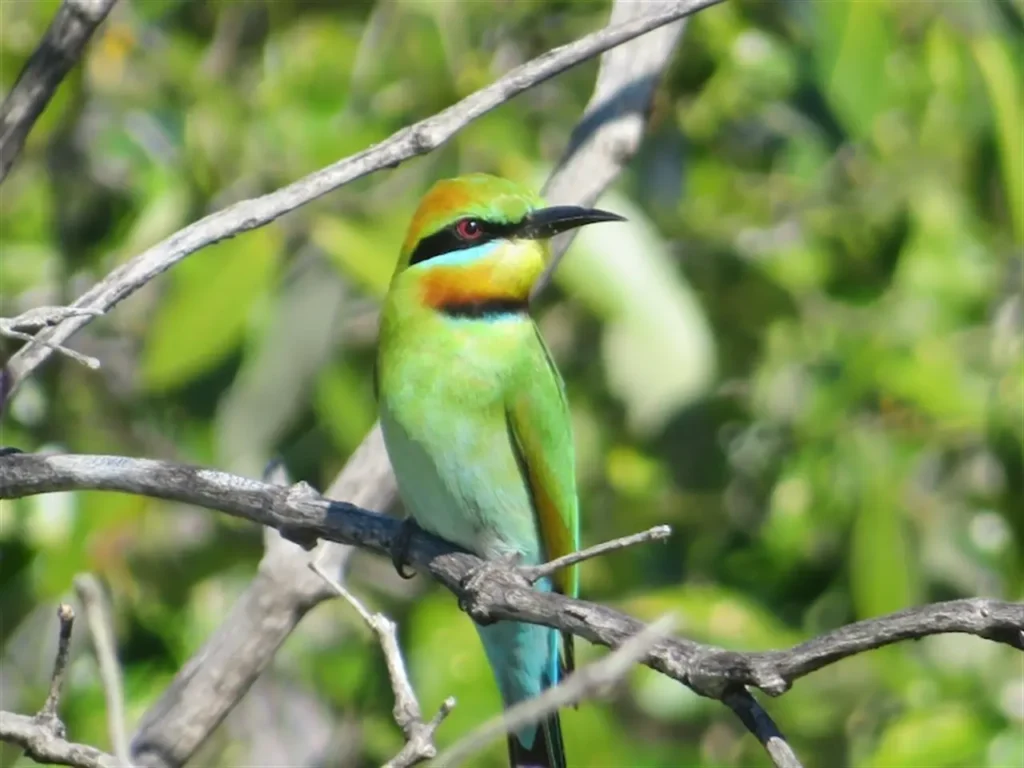
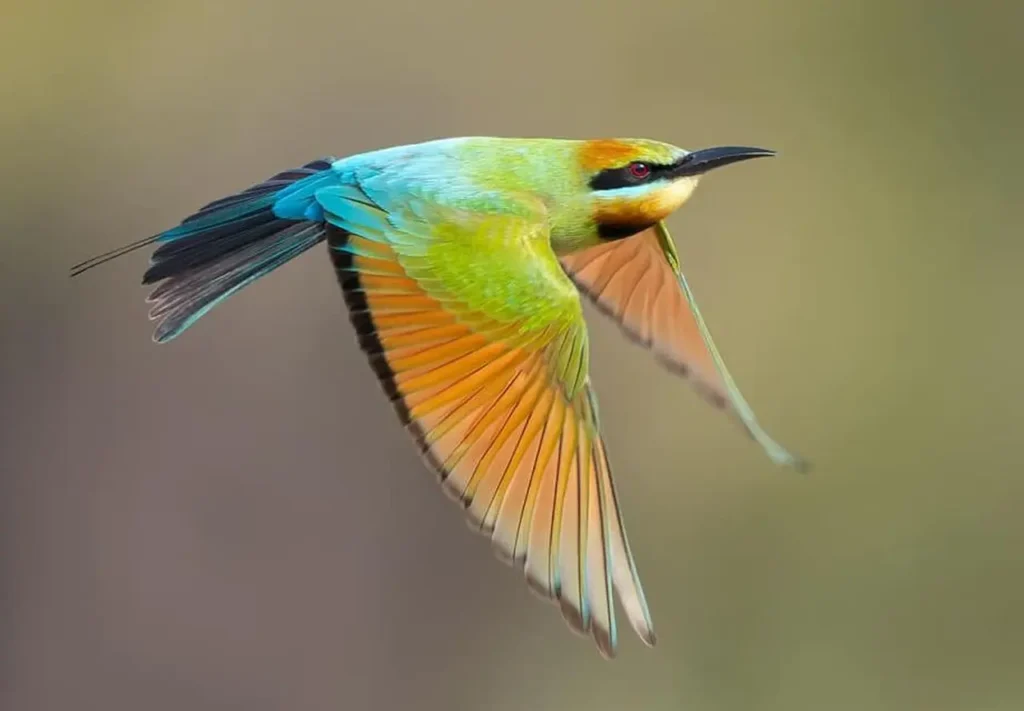


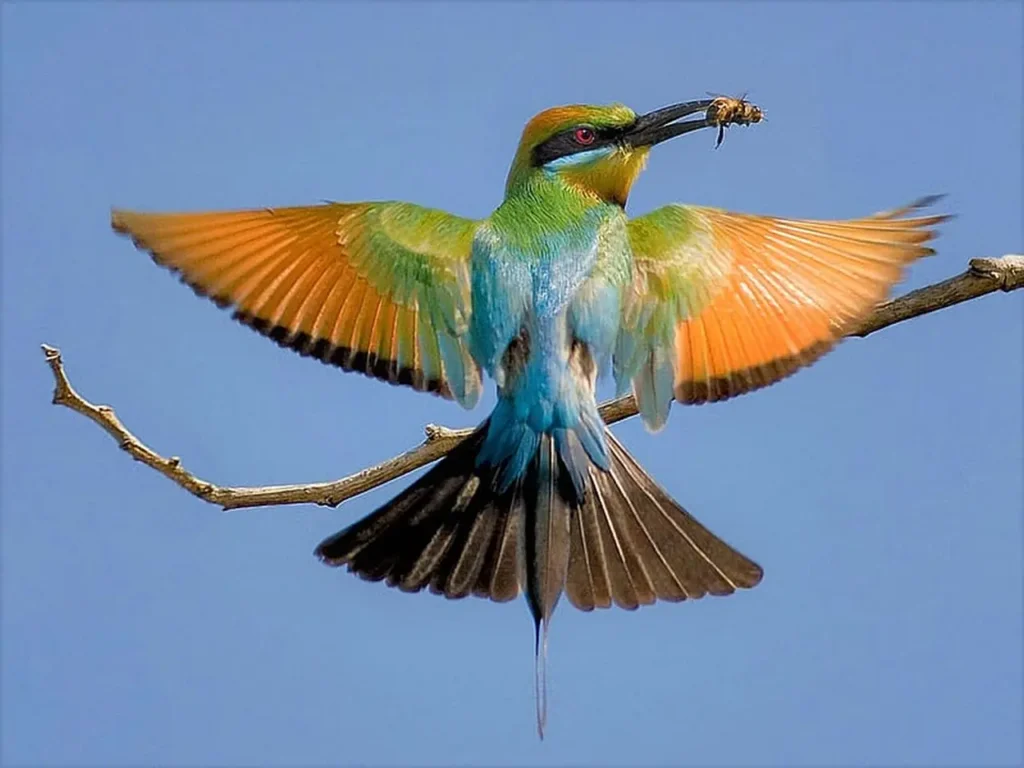
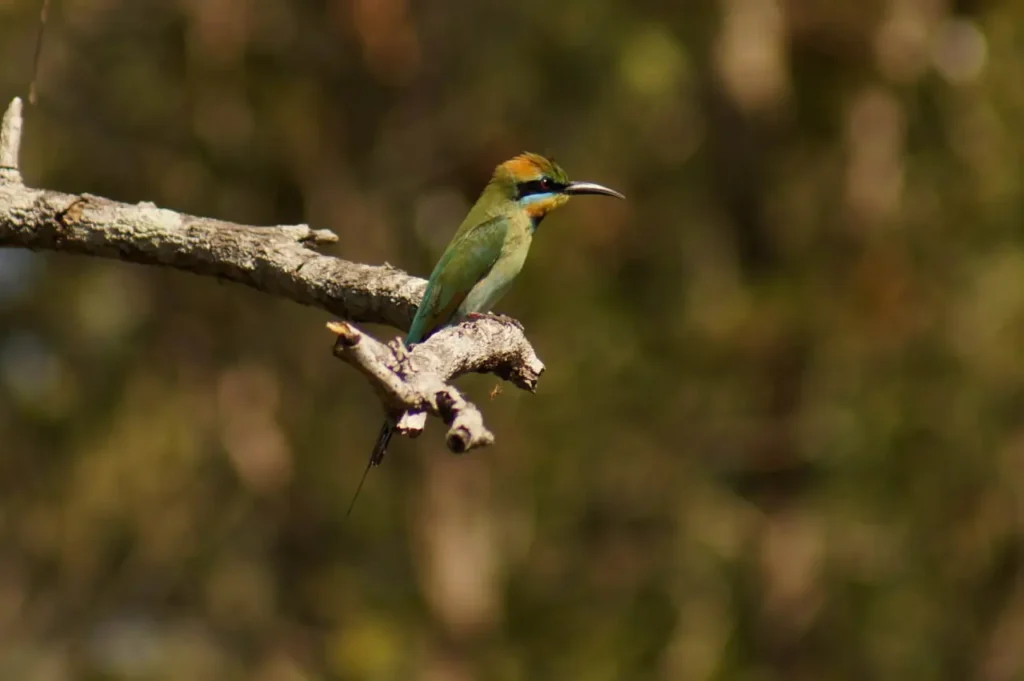




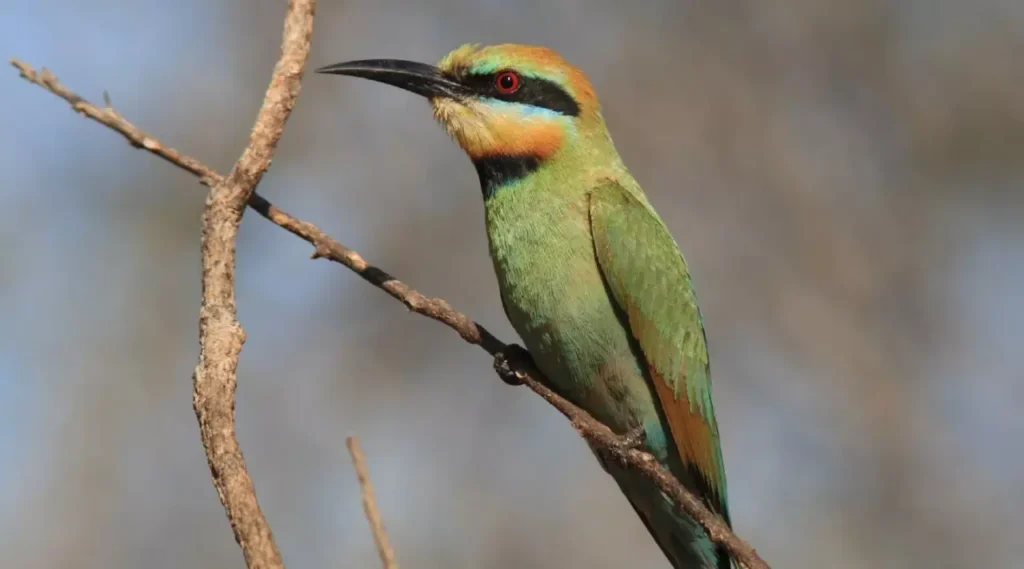


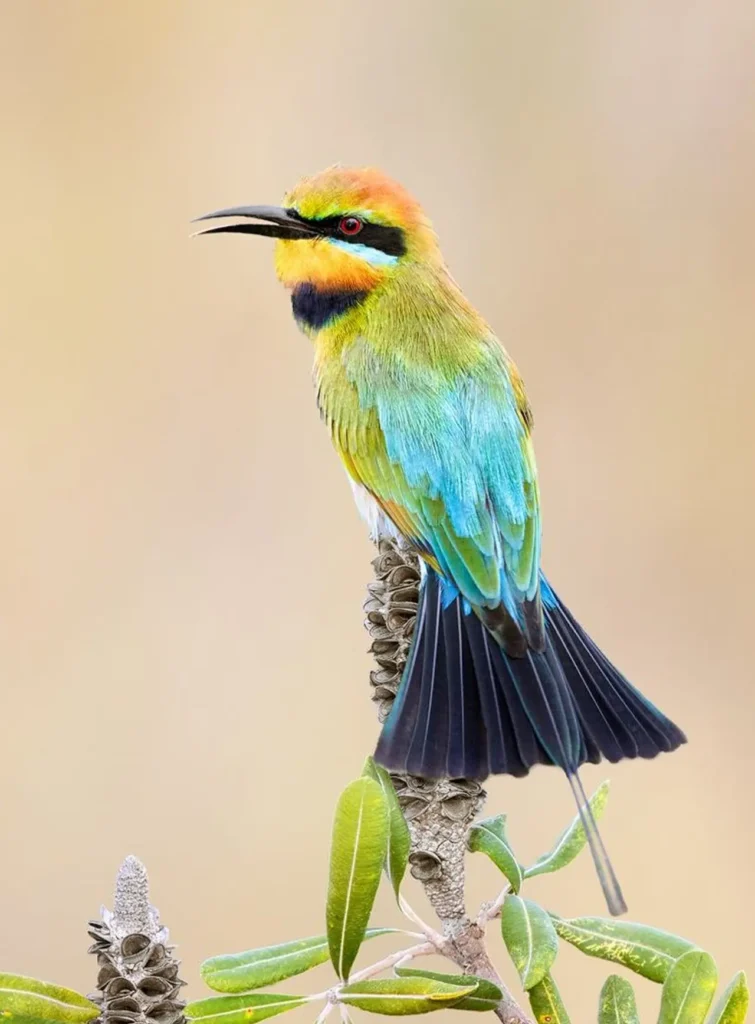

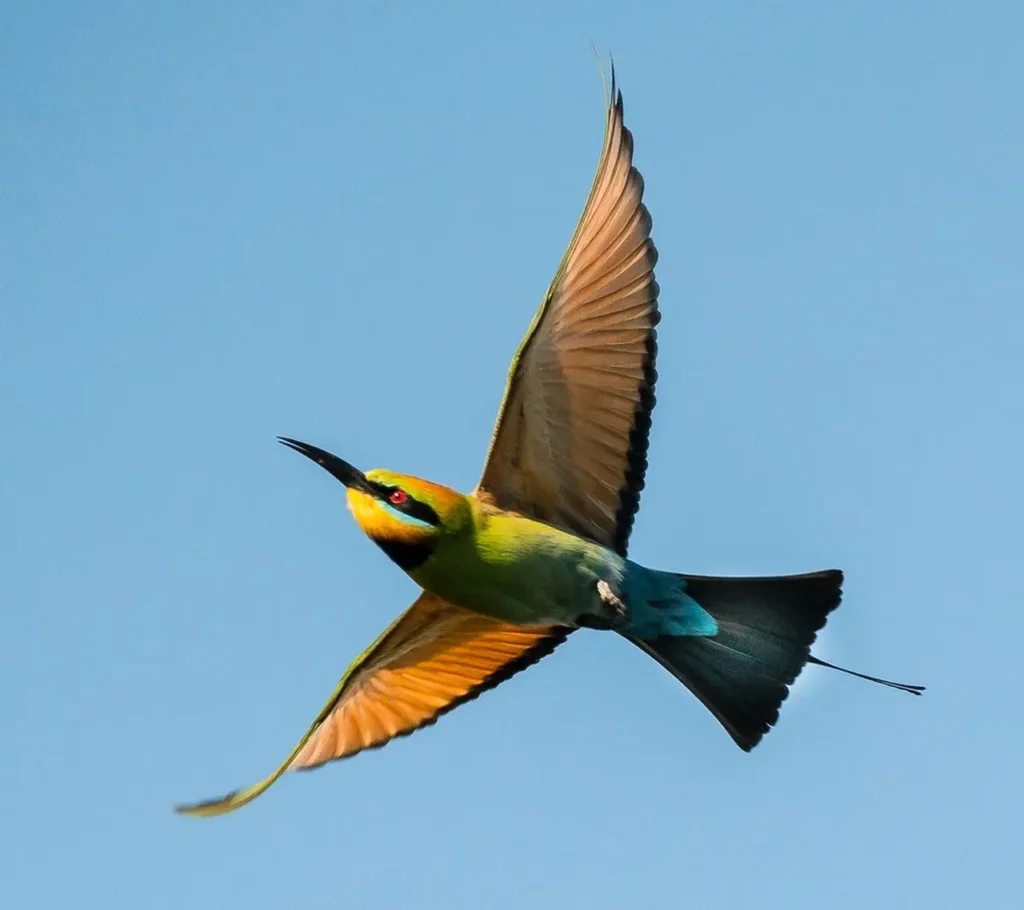
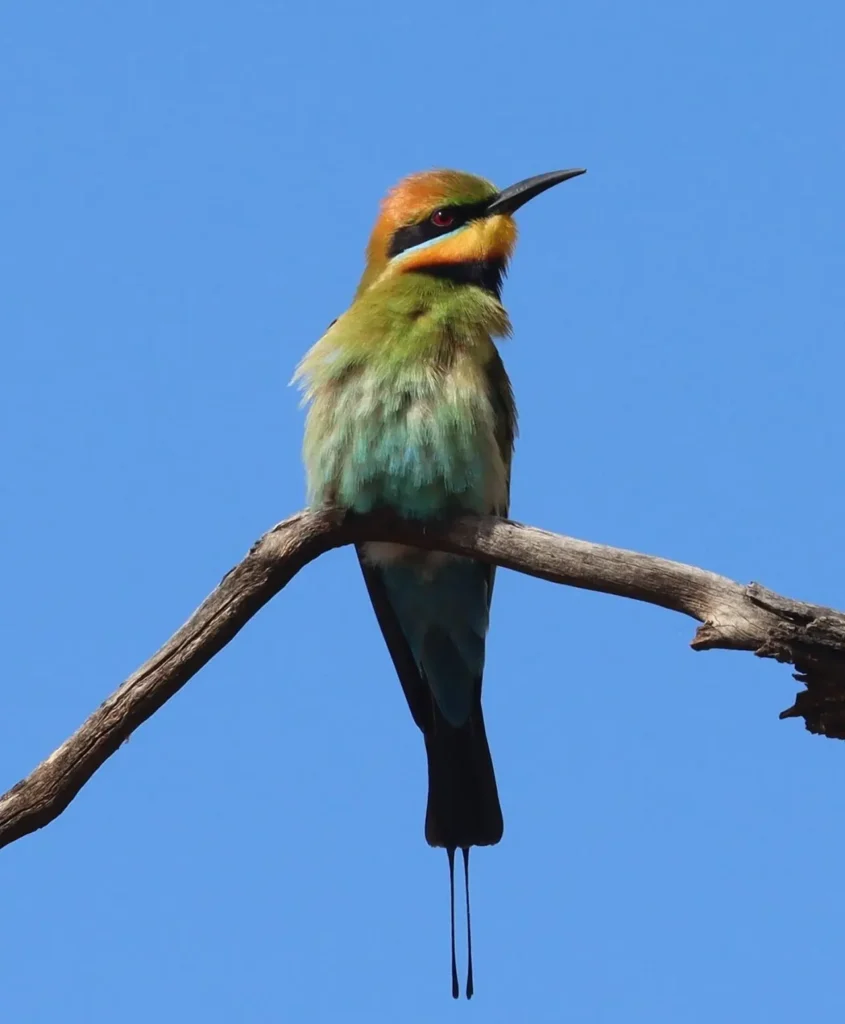

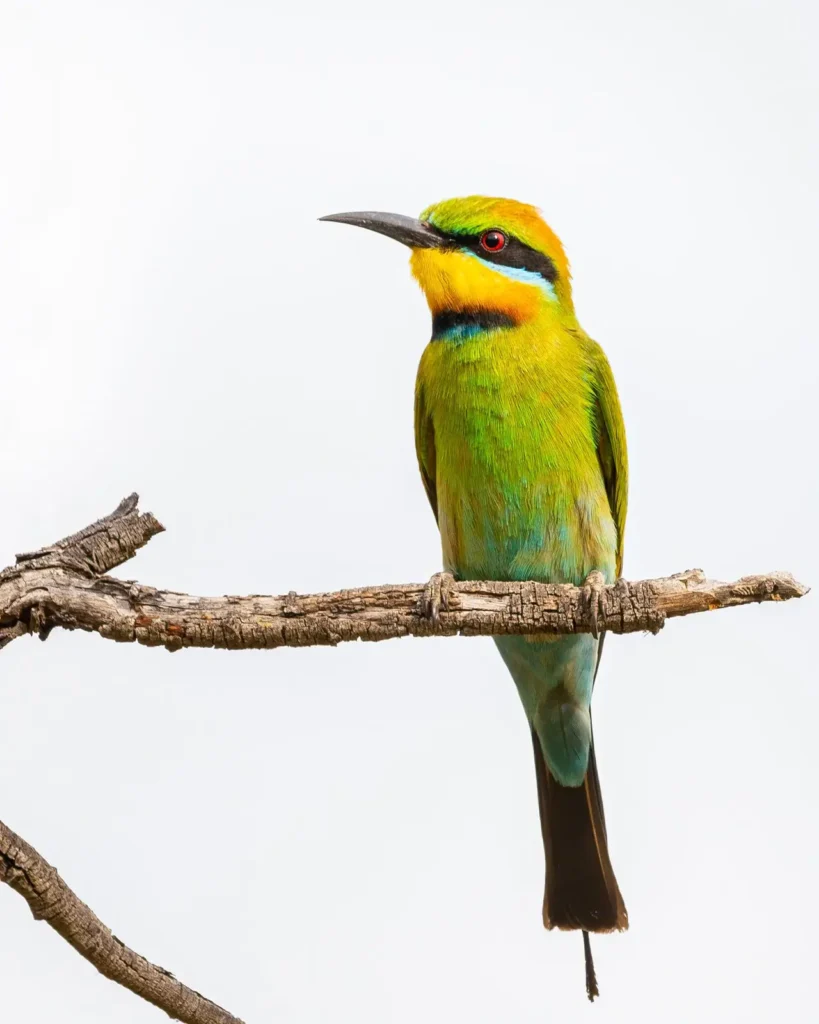
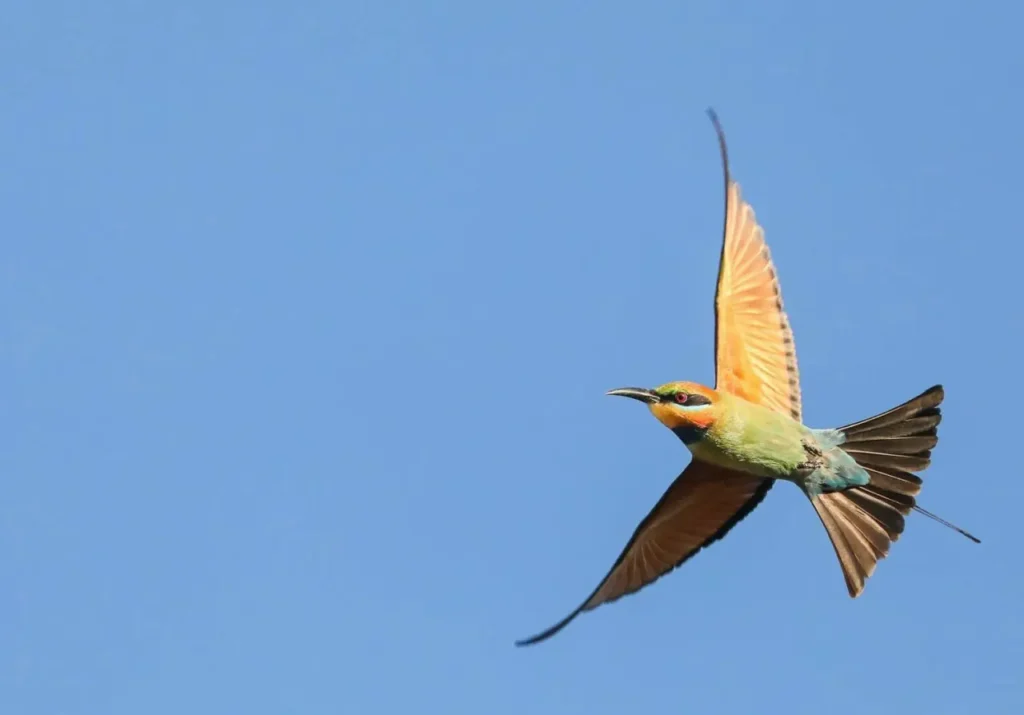


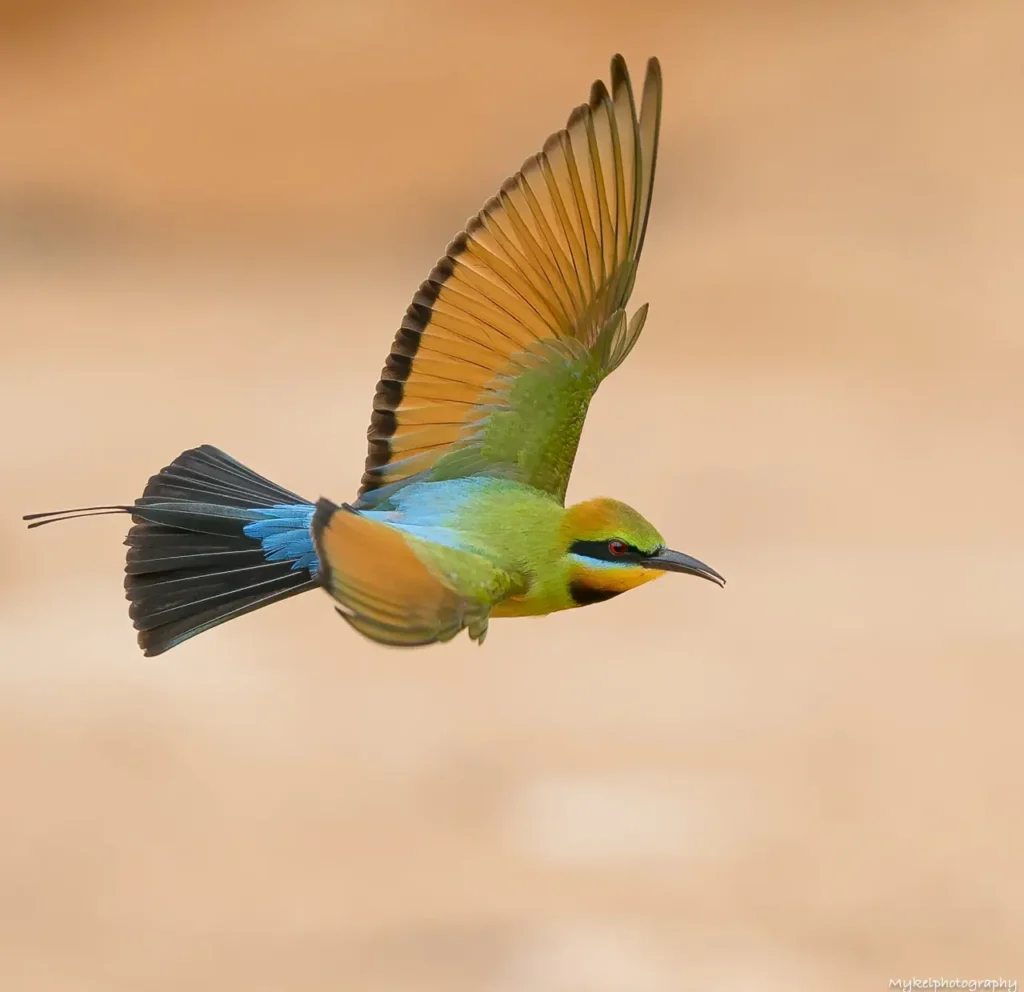

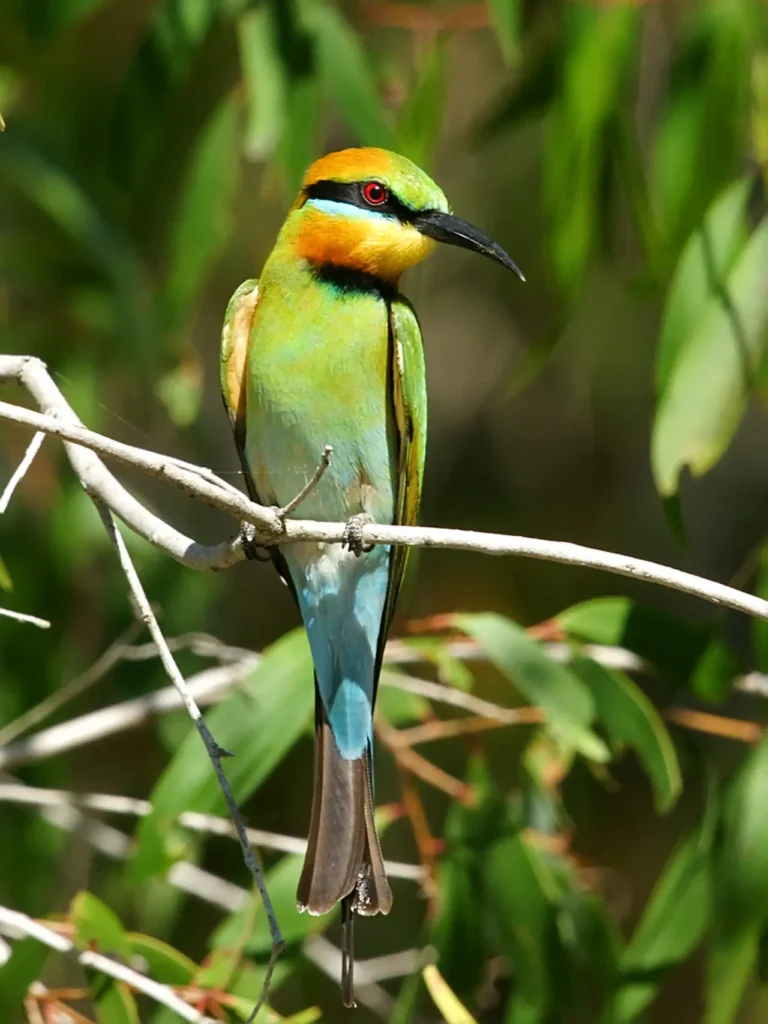
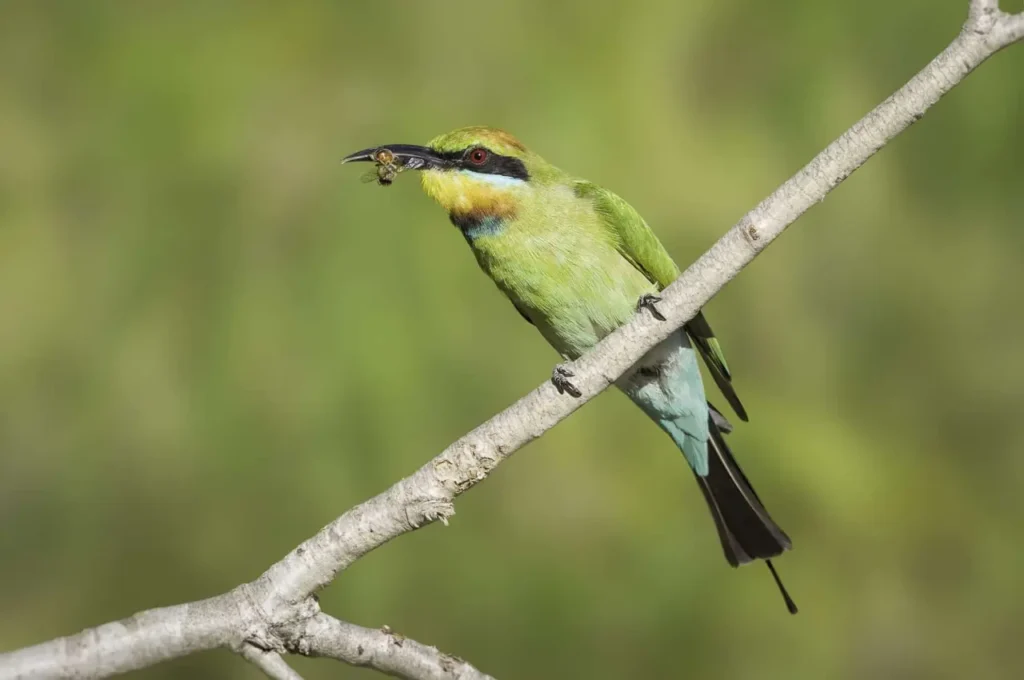


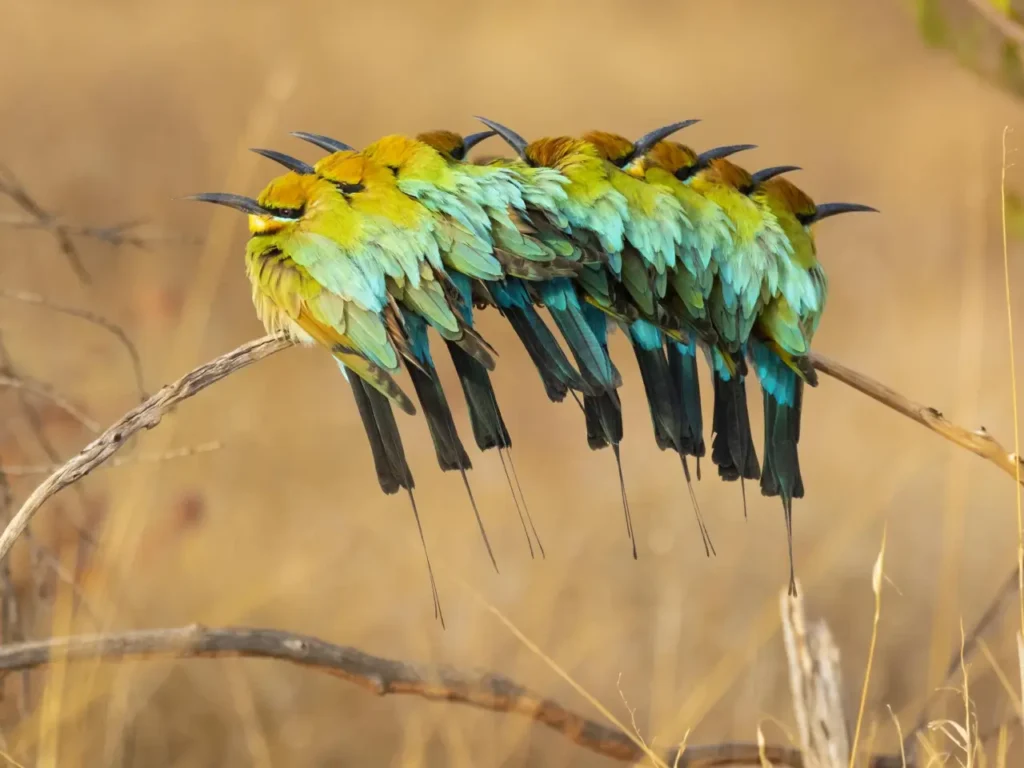

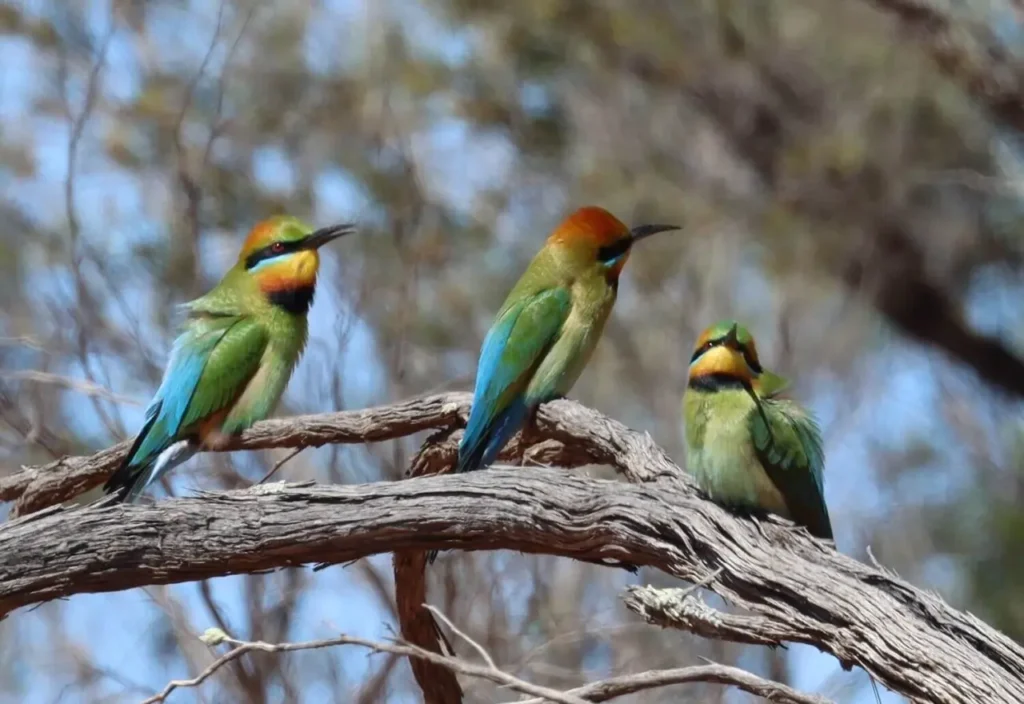
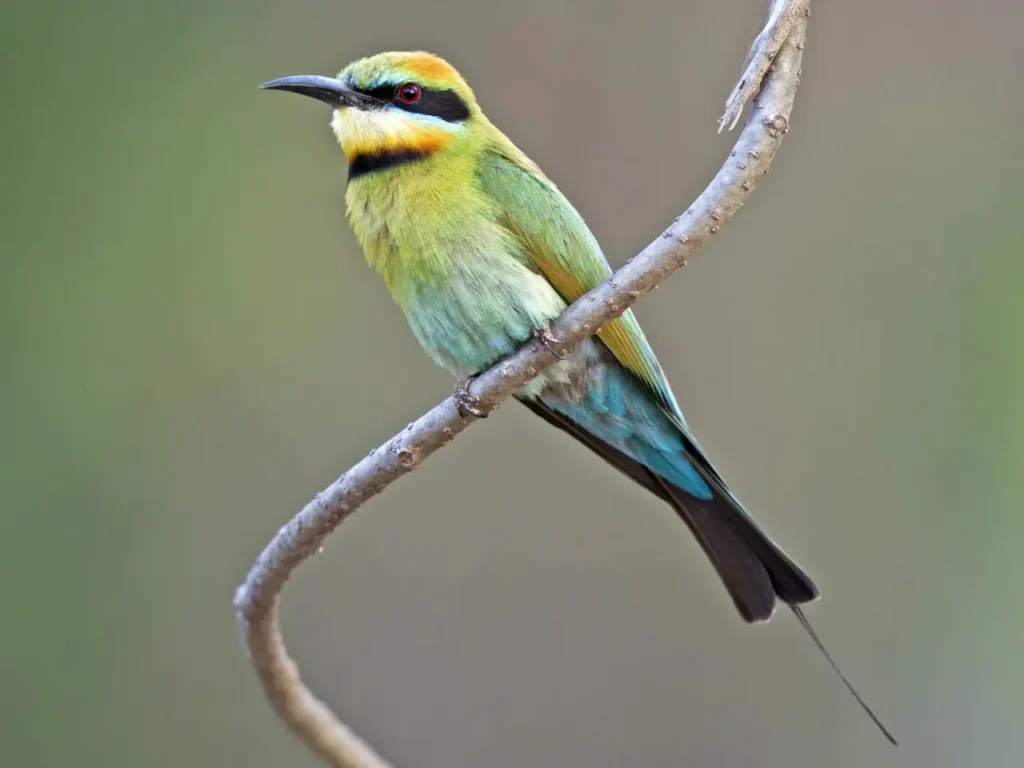

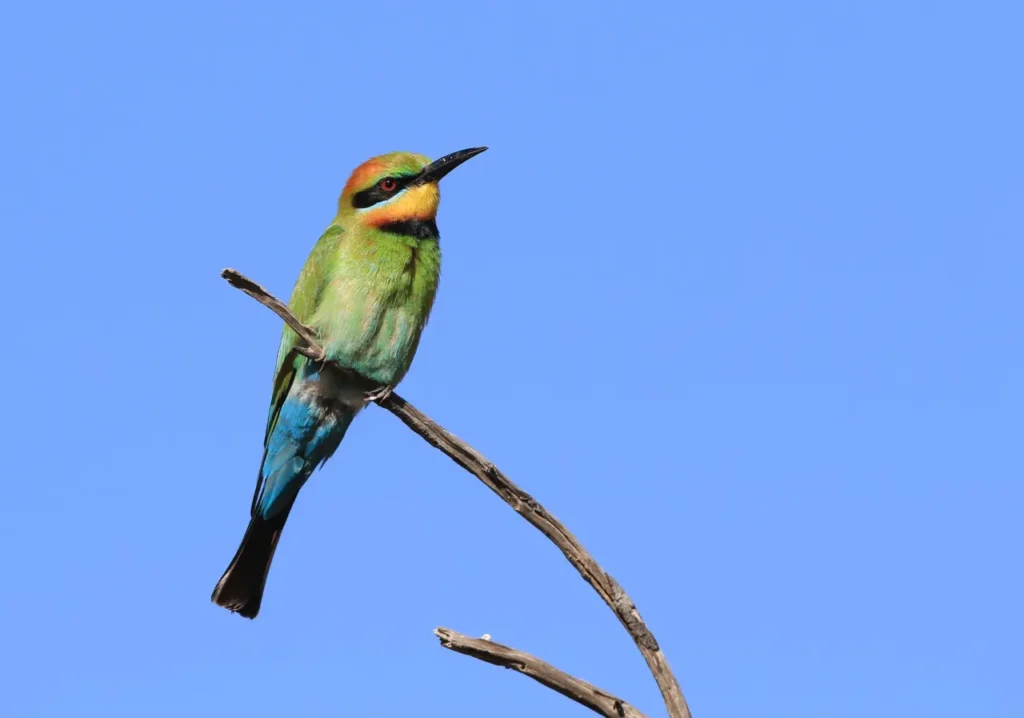
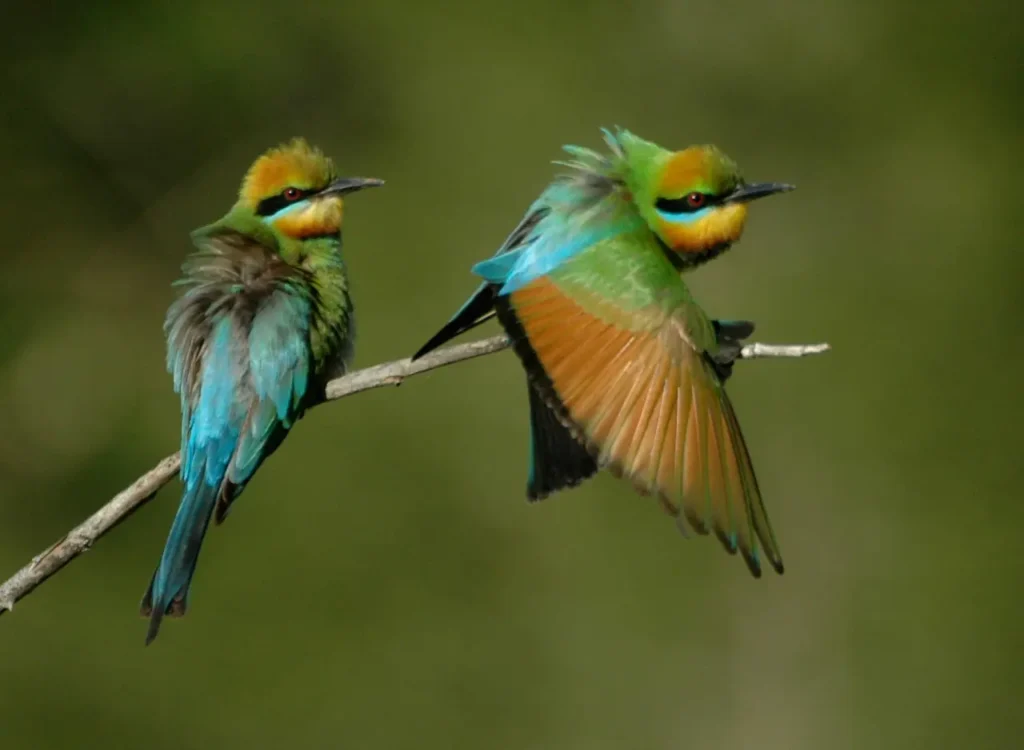




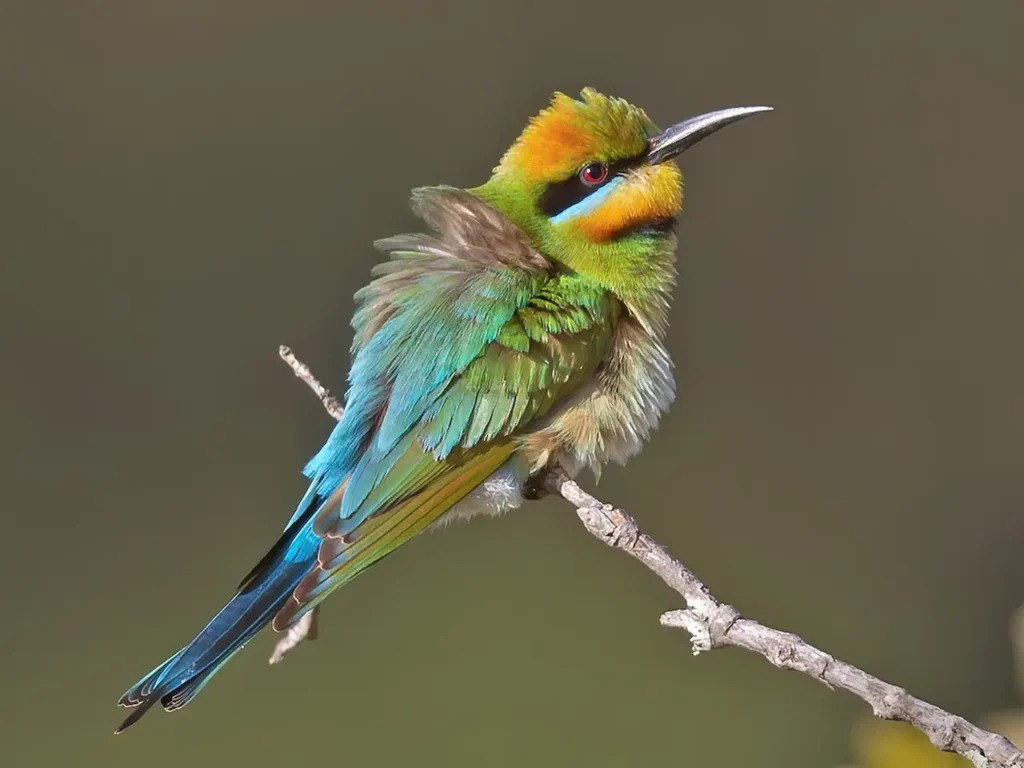


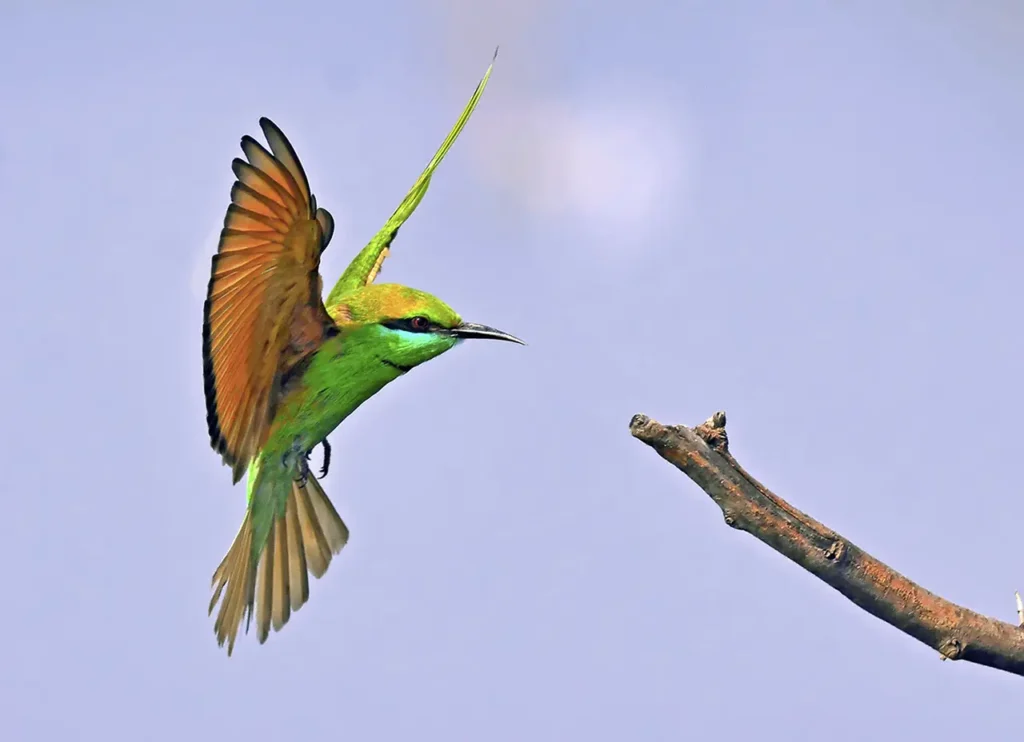
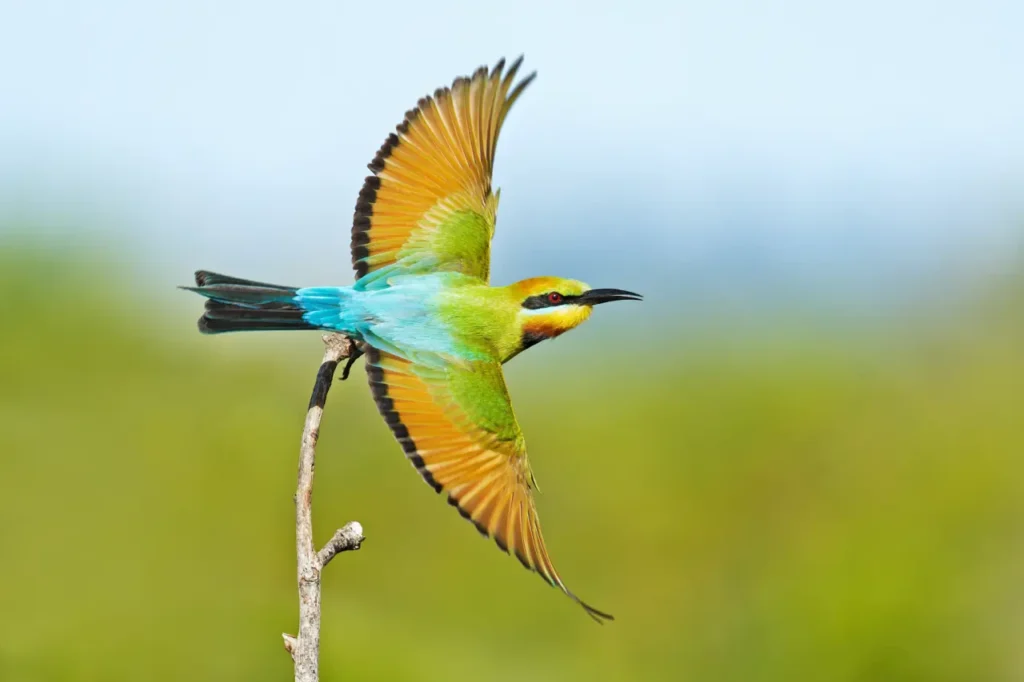

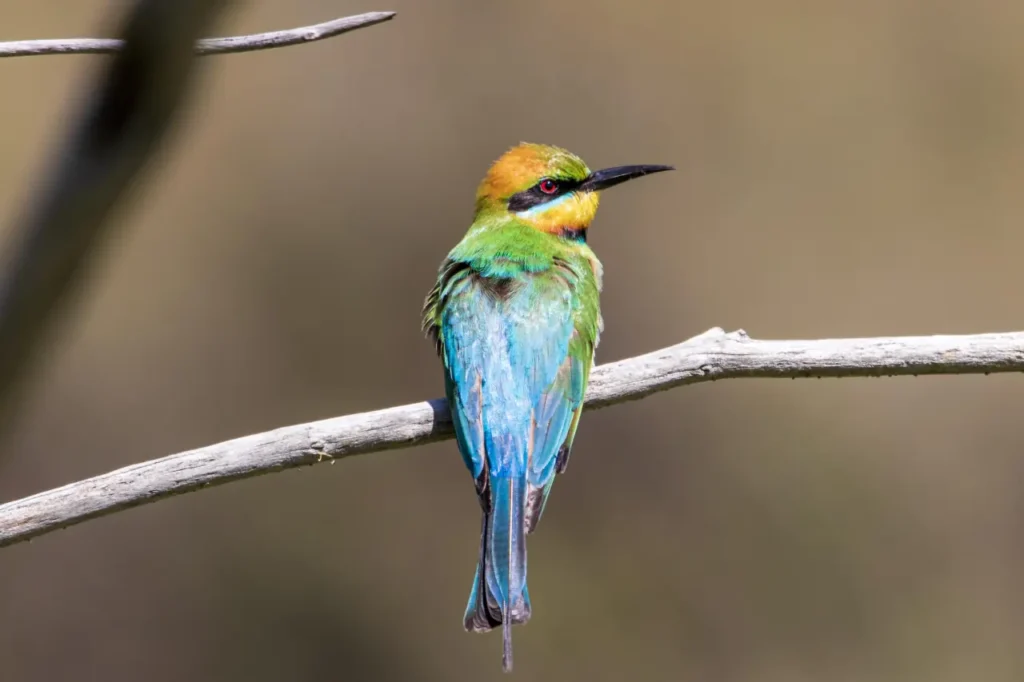

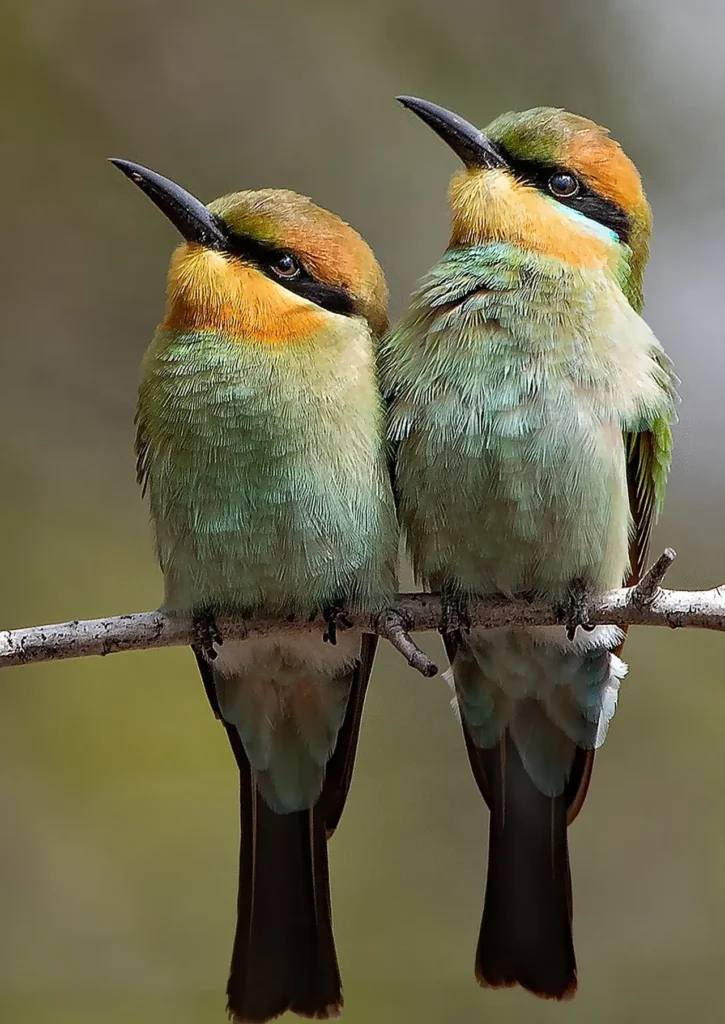

Facts about Rainbow Bee Eater
The Rainbow Bee Eater is a medium-sized bird found in various parts of Australia, Papua New Guinea, and Indonesia. It derives its name from its stunning plumage, adorned with an array of vibrant colors that resemble a rainbow. Its back is a rich combination of green, blue, and turquoise, while its underparts display a beautiful blend of yellow and orange. These striking colors make it one of the most visually captivating birds in the avian kingdom.
One of the most remarkable aspects of the Rainbow Bee Eater is its aerial prowess. It spends a significant portion of its life on the wing, effortlessly gliding through the air with remarkable agility. With long, pointed wings and a streamlined body, it executes intricate aerial displays and maneuvers that leave onlookers in awe. Its flight patterns include sharp turns, twists, and dives as it hunts for its preferred prey – bees, wasps, and other flying insects.
The diet of the Rainbow Bee Eater primarily consists of bees and wasps, which it catches on the wing. It utilizes its sharp bill to snatch the insects mid-flight, demonstrating incredible precision and timing. After capturing its prey, the bird returns to a perch, where it skillfully removes the stinger and any venomous parts before consuming its meal. This adaptation allows it to savor the nutritious aspects of its prey while avoiding any potential harm.
Breeding season for the Rainbow Bee Eater occurs during the warm months, typically from spring to early summer. These birds are monogamous and form strong pair bonds. They engage in captivating courtship displays, which involve aerial chases, gift offerings, and vocalizations. Once a pair forms, they excavate a nest tunnel in sandy banks or earthen cliffs, where the female lays her eggs. Both parents take turns incubating the eggs and caring for the chicks until they fledge.
The Rainbow Bee Eater is not only known for its stunning appearance and aerial acrobatics but also for its unique migration patterns. During the winter months, some populations of these birds undertake long-distance migrations, traveling thousands of kilometers to reach their wintering grounds. This remarkable journey showcases their endurance and adaptability as they navigate across vast distances.
Conservation efforts are essential for the preservation of the Rainbow Bee Eater and its natural habitats. The degradation of nesting sites, deforestation, and the use of harmful pesticides pose significant threats to their populations. Initiatives focused on habitat protection, education, and raising awareness about the importance of these birds are crucial to ensuring their survival for future generations to enjoy.
Encountering a Rainbow Bee Eater in the wild is a truly awe-inspiring experience. Its vibrant colors, graceful flights, and remarkable hunting techniques make it a true spectacle of nature. By appreciating and protecting these mesmerizing creatures, we can contribute to the preservation of their delicate ecosystems and celebrate the beauty of the Rainbow Bee Eater for generations to come.
